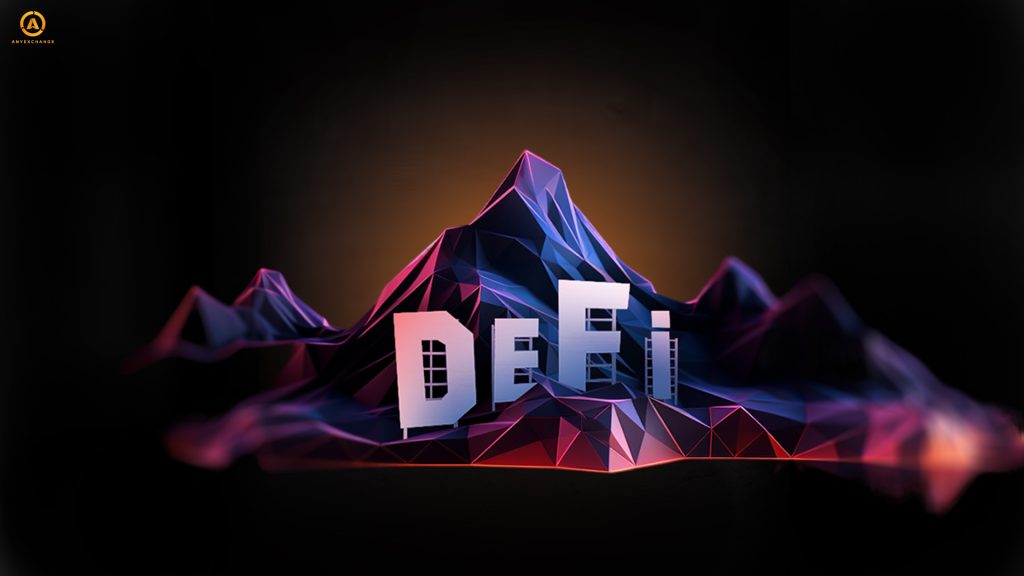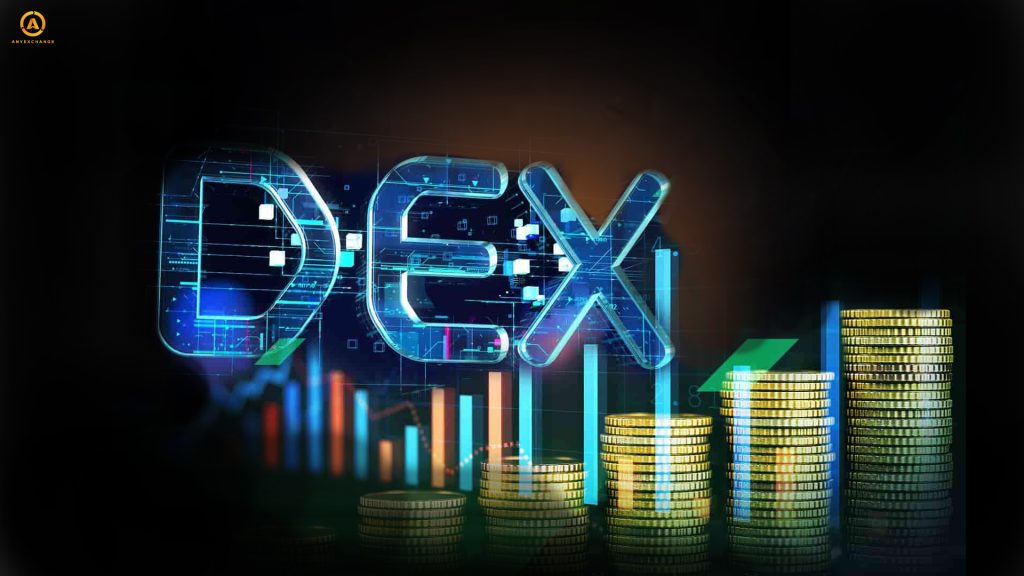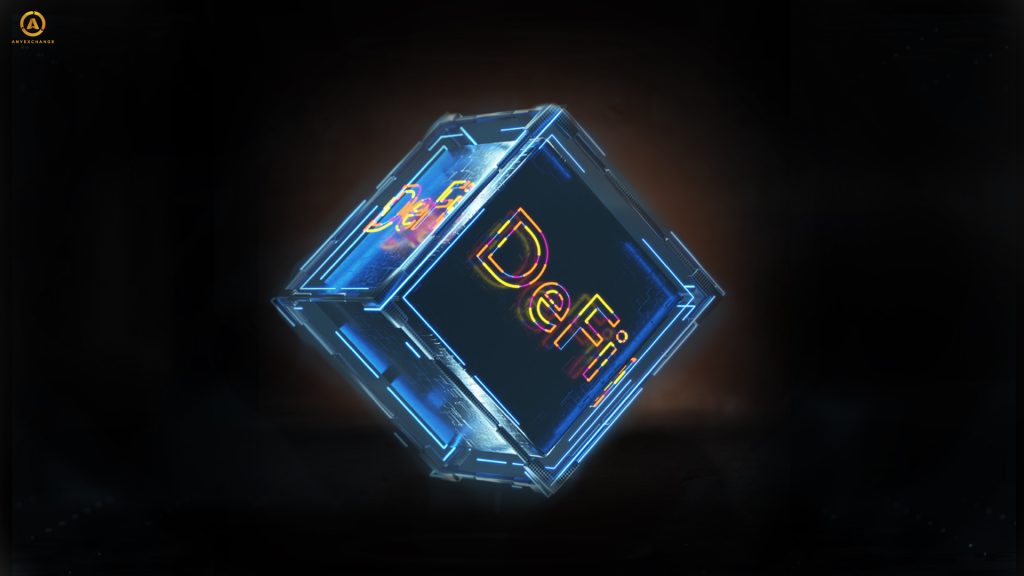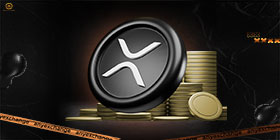
Introduction to DeFi and traditional finance
It is difficult to guess when the first finances appeared, as it is impossible to say whether spears exchanged for stone axes can be considered as finances. But it is known that the Sumerians in the XX century BC kept financial records. So traditional finance is over 4,000 years old. But we know when DeFi (decentralised finance) appeared – 2009. That’s when bitcoin emerged as a decentralised currency that operates on blockchain technology like all other cryptocurrencies.
In the distributed ledger, the blockchain, all transactions and names (wallet addresses) of users are recorded and encrypted by cryptography. This is why cryptocurrencies got their name.
Encryption, the use of blockchain technology – binds all cryptocurrencies together. Although there have been many other financial innovations: Smart contracts, stable coins (stablecoins), hedging tools, different DeFi protocols with different capabilities, etc.
About DeFi, their capabilities and integration will be our article.
The potential of integrating DeFi and traditional finance
Already in 2010, there was a turning point when investing in DeFi started to make sense. Because in 2009, programmer Laszlo Hanci bought 2 pizzas for 10,000 bitcoins. It was the first financial transaction with decentralised finance. DeFi is now worth more than $1 billion in aggregate and is growing to be a significant part of the entire capital market.
The main difference between traditional and decentralised finance is the decentralisation of the latter, i.e. there is no person who controls or owns it. Even Satoshi Nakamoto, the founder of bitcoin, did not own it. His idea sounded like this:
“Money should belong to the people, not the state.”
DeFi is exactly that: It can be paid with, it allows credit, it can be invested in, etc. But the main thing that is in this innovation is that they cannot be blocked, there is no such function in the code of many coins. DeFi’s code simply doesn’t provide it. While a fiat currency can be cancelled and replaced with another, so too can the liquidity of a fiat currency change due to politics. Does this suggest that traditional finance such as fiat is owned by the people?
DeFi integration can no longer be stopped because a huge part of the population wants it. After all, cryptocurrency has many features that traditional finance doesn’t have. But replacing fiat is out of the question, and it was hardly Satoshi’s idea. Synthetic assets are an example of integration.
Synthetic assets are decentralised assets that, by their existence, cause a rethinking of exchange contracts that are based on traditional finance. They also open up new investment opportunities for cryptocurrency investors even beyond blockchain technology.
There are even cryptocurrency exchanges that accelerate the integration of all DeFi, not just cryptocurrencies, as well as NFT. Such exchanges also allow people to earn money by investing in decentralised finance. The peculiarity of all DeFi is high volatility and questionable price stability, which makes the risks high.
Compliance is a systеm of the company, which works within it and helps to adhere to certain rules (laws or regulations of the company). In the legislation of many countries, cryptocurrencies are considered a commodity, but they are not prohibited to pay with them, as they can be easily converted into fiat. Even many financial companies use digital dollars, which have no risk of falling in value (fiat stablecoins or stable coins), for payments within the company and salaries to employees. They also try to pay with them externally, without converting to a centralised currency, in order to avoid exchange and bank fees. After all, DeFi usually has low commissions.
In 2024, this kind of Compliance is not surprising to anyone, you can’t even call it innovation. So the potential of DeFi integration is huge, virtually unlimited.
Technological foundations of integration

DeFi became popular in 2012, when bitcoin started to pay for small purchases. In 2011, Lightcoin appeared, which is actually the same bitcoin, but with some modifications.
Digital identifiers became the foundation of all DeFi. After all, thanks to digital identifiers, the exchange and integration of DeFi is possible.
To create a new cryptocurrency it is not necessary to enter into a contract with the founder of bitcoin, the blockchain has an open code and it is possible to make a similar one. But if the code is copied, the project will be criticised for plagiarism (such situations have already happened) and success may be questionable.
For investment, the project needs not only a business plan, but also a WhitePaper, with a detailed description of the project. You also need to describe the protocols of your project. Besides, DeFi is also NFT, meta universes, etc., not only crypto.
All DeFi is based on blockchain, but the blockchain itself is also of interest. Blockchain is resistant to change, transparent, public and has many other advantages. Other such inventions simply don’t exist. Compliance of the new Internet era wants to build on the blockchain.
But unfortunately many people have difficulty exchanging cryptocurrency for fiat. Even if the liquidity in DeFi has no problems, it is impossible to withdraw from a cold wallet to a card and even more so in cash, the functionality does not allow. And hot wallets have huge risks. But we and our service “AnyExchange” are in favour of financial freedom and will help our client to make a cash transfer even to another country.
Examples of successful integration

Decentralisation has made it possible to create things that were not possible before, such as decentralised exchanges (DEX). Lenders are the backbone of the exchange. Investments provide liquidity and loan repayments ensure the profitability of the exchange.
While centralised exchanges and banks have to approve loans, decentralised lending is handled by smart contracts. A smart contract is a contract that describes the obligations of the two parties and is executed automatically, instantly, but only if the conditions for the transaction are met 100%. If even one small thing is not fulfilled – the deal will not go through. In this case – lending.
Hedging instruments – insurance of investments – are not innovations, as they have been known for centuries, since the first stock exchanges. Here, too, long (long) and short (short) positions are opened with leverage. These positions are obligatory for fulfilment within a certain period of time. The only difference is if the investor is unable to pay the debt due to a change in the exchange rate. This can happen on both centralised and decentralised exchanges.
Regulation and legal aspects

But cryptocurrencies have been beyond regulation since their inception. No laws were previously envisaged and the lack of clear DeFi regulation even in 2024 created problems. The EU had a MiCA bill, but it only regulated cryptocurrencies, and meta-currencies, NFTs and other DeFi did not fall under its purview. Although NFTs and metasecurities also have cross-chain transactions, interact with finance and have their own protocols.
Also, many traders were negative to the legal issue. After all, the regulation will definitely provide a tax on their profits, and the income from the growth of fiat currencies is not taxed.
It also adds to the complexity that cryptocurrencies do not have a clear status in the world. For example, in the IMF and Ukraine, cryptocurrencies are considered commodities, while in the U.S. there are courts in the U.S., as they fall under the Howey test and are securities.
While regulation has met with mixed reactions, it is the lack of DeFi legislation that scares many potential investors. The bulk of new cryptocurrencies, over the past 10 years have been fraudulent and investors have not been protected in any way. DeFi fraud laws simply have not and do not exist. Perhaps clear legislation will make DeFi integration – faster, because of large investors who will be protected and more willing to invest.
Opportunities and benefits for investors
DeFi innovation is primarily financial, so investors should be in favour of active DeFi integration. After all, such innovations.
For example blockchain allows you to keep financial records with a transparent systеm, to control your spending and profits. And income taxes, if introduced for another 8-10 years will be lower than other businesses.
Although the technology itself of all DeFi supports automation, this is what smart contract technology was invented for. This innovation will make trading easier, because buy-sell agreements on smart contracts will be executed automatically. So one programmer who will create smart contracts will rеplace dozens of employees, which will reduce costs. In another case, it will make it easier for employees in many businesses.
Challenges and risks of integration
Unfortunately, decentralised finance has disadvantages. For example, it is possible to launder money through them. If before, this required at least fictitious enterprises, now you just need a cryptocurrency wallet.
Also, cryptocurrencies can finance terrorism, crime.
This information is not secret, so Compliance of many exchanges provides AML- and KYC-identification (identification of transactions and clients). For example, you cannot register on the Binance exchange without entering personal data (KYC), and the Kraken exchange regularly checks customer accounts. If a centralised exchange finds coins that are involved in crime, money laundering, terrorist financing, etc., the account will simply be blocked. – the account will simply be blocked. On decentralised exchanges your account can be checked by a user, and if it turns out that you have a lot of criminally mined coins – they will be less willing to cooperate with you. If only 5% of dirty coins is a trifle, but if they are 25%, 50% or more – it is a reason for blocking.
To avoid this you can check your account on our “AnyExchange” . Moreover, after checking you will be able to find out the current exchange rate and exchange cryptocurrency to fiat and vice versa. We are in favour of financial freedom and we will help to arrange a cash transfer to our client even to another country.
The future of DeFi and traditional finance
Decentralised finance is developing more and more actively every year, its integration has brought something that is simply not possible with traditional finance. Of course first and foremost, decentralisation and virtually no restrictions on the third party, financial freedom. Security and privacy online. A currency that converts to any other without restrictions. Automation.
This is just a small list of innovations. But they have disadvantages over traditional finance. For example, cash payments are more anonymous, and anonymous cryptocurrencies require a large commission. The VISA payment systеm is much faster than any blockchain. Also, centralised finance cannot promote financial transactions without liquidity or false. Cryptocurrencies with PoS protocol do not exclude this possibility, so validators (those who process transactions in the network) need to block some of their coins for varying amounts, up to $ 115 thousand (about the rise in the price of coins, the amount may increase). And the environmental damage from PoW coins is commensurate with the smelting of coins during the Middle Ages.
But DeFi integration is not trying to rеplace the centralised financial systеm. And considering that only 5.25% of people use cryptocurrency, while traditional finance is almost 100%, this is impossible. Decentralised finance integration is only trying to complement the modern financial systеm.
Conclusion: prospects for co-operation
DeFi integration is aimed at gaining more financial freedom and increasing the capital market, rather than eradicating centralised ones. After all, every exchange has functions for withdrawing crypto into fiat, as well as many exchangers and the value of cryptocurrencies is specified in fiat, not in stablecoins with a link to any currency. Even DeFi trading will not be as relevant and profitable without traditional finance. And on traditional exchanges, tokenised assets (tokenised metals and other resources) and fiat and commodity stackcoins have started to appear – an amalgamation of DeFI and traditional finance.
So the future of cryptocurrencies lies in the cooperation of decentralised and centralised finance, which will bring success in the foreseeable future. For example, even CBDC (central bank digital currency) will be based on blockchain technology.






